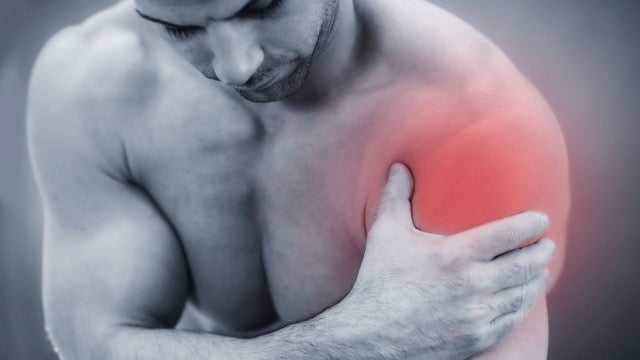
HOW TO HANDLE YOUR ROTATOR CUFF INJURY (AND PREVENT IT)
It used to be only discomfort that turned into constant pain, and now whatever you do, it seems only to worsen. Does it ring a bell? Today we are discussing how to handle a rotator cuff injury. They are the most common injuries in aerial artists and pole dancers. They can compromise your practice for months and years if not treated adequately.
Let's aim at getting you healthy and helping you return to full practice.
First, we outline the basics of how the rotator cuff works. Then we will discuss what you can do to deal with the symptoms, prevent reinjury, and build back stronger
[Disclaimer: The information in this document is not intended as a substitute for proper medical advice. The following advice is for educational purposes only. You should always consult with your doctor or physical therapist for medical advice. We discuss self-management—not emergency treatment!]
WHAT IS THE ROTATOR CUFF?
The rotator cuff is a set of muscles and tendons around the shoulder joint. They provide stability to the shoulder while it moves (1).
Each of the following muscles is part of the rotator cuff and has a crucial role. You can remember them with a simple acronym—SITS:
- Supraspinatus. It holds your humerus in place and keeps your upper arm stable. It helps lift your arm.
- Infraspinatus. It is the primary muscle that lets you rotate and extend your shoulder.
- Teres Minor. It is the tiniest rotator cuff muscle. Its main task is to assist with the rotation of the arm away from the body.
- Subscapularis. It holds your upper arm bone to your shoulder blade and helps you rotate your arm, maintain it straight out and lower it.

The SITS muscles control the relationship between the shoulder and the shoulder blades (scapula). With weak muscles or poor control, the shoulder and scapula are at risk of injury. These are some of the most common areas for damage, too. Around 43% of all-around athletes and ‘exercisers’ experience shoulder pain. They are particularly under stress for aerial artists and gymnasts since they often load these joints with body weight and momentum.
HOW DO INJURIES IN THE ROTATOR CUFF HAPPEN?
Injuries occur when you put too much demand on a tissue (2). A short-term example could be a break or tear in response to an impact. A long-term injury is when consistent over-use adds up.

You can prevent these kinds of injuries by managing your demands and expand what this tissue can do. You ought to protect your rotator cuff by building strength and flexibility.
When we look at injury and reinjury, the role of recovery and training is comparable. First, you need to build back up to pain-free, standard capacity. Only then you can start building more strength, flexibility, and control in the shoulder.
What’s important is understanding where you stand in this process. Consult with your doctor or physical therapist to keep track of your recovery to reach a pain-free everyday functionality. It is the minimum you need to achieve before reintroducing proper training.
The process of recovering and getting stronger are similar and must both be respected. The things you can do to get better are the same, just scaled back to reflect the loss of function caused by an injury. You must rest it and let it recover, give it the resources it needs, and train it gently. Not respecting this order could create further damage.
Let’s look at how you can use these processes to heal, rebuild, and grow.
HOW TO MANAGE A ROTATOR CUFF INJURY?
Immediate recovery
First, it is important to make sure you are properly healed, as hinted above.
Premature loading of the shoulder can be a significant problem. If you’re injured, you need to let the tissues heal — especially in non-surgical injuries. This order is key to regaining function and using movement as a healing tool in the future.
If you jump the gun and start training the muscles and tendons too early after injury, you’re likely to make it worse — a common mistake that may translate into extended pain and movement limitation (3). So first, focus on light, pain-free movement. It will help clean the region with blood flow and reinforce healthy recovery. You don’t need to immobilise the shoulder from all movement but gradually move out to more extreme ranges as you heal. Take it slow and only start loading when you have physiotherapist or doctor approval.
Loading control
If your practice and exercise don't change after injury, you won't improve.
The wisest action to prevent rotator cuff injuries is to load your body appropriately (4). It's been shown that a complete removal of load is detrimental to rotator cuff healing. It's important to continue loading your shoulder according the the level of recovery.
Don't do too much too soon.
We're all eager to get better, but eagerness is just as dangerous as laziness for your body. If you ever feel like you want to do more to drive improvement, spend that time actively recovering!
The rotator cuff muscles are small, which means they fatigue easily and recover quickly compared to other muscle groups. Therefore, they depend on your out-of-practice habits for recovery and wellbeing. It prevents overuse, chronic degeneration and strengthens your tissue. Injuries underline this importance.
Diet and sleep for better recovery
The recovery work you put in helps your body turn practice into results. It also gives the rotator cuff and other muscles the time—and support—they need to recover and develop.
To reduce muscle damage and control inflammation, you must have a correct nutrition and sleep pattern. Consider 8-9 hours of quality sleep per night, plenty of protein, and nutrient-rich veggies.
Proteins and nutrients are vital in driving the recovery of muscles and tendons. Vitamins and minerals from whole foods—especially fruits and vegetables—support this recovery process. They help you control inflammation and provide essential nutrients. Constant elevated inflammation is a real risk for overuse injuries (5), so eat your greens and consider a good multivitamin to cover for what you lack of.
Collagen peptides, in particular, offer an efficient protein source. Collagen is the building block for the tissue within and around the muscle. Too often neglected, collagen is the single most abundant protein in your body (6). Combining it with vitamin C for absorption and further anti-inflammatory components allows you to recover more effectively.
Muscles and tendons can't get stronger if you don't give them the resources they need to replenish. Don't underestimate the importance of your diet and supplementation regimen on your shoulders health.
Removing bad influences
Both injury prevention and post-injury recovery work better when you are consequent with your lifestyle choices. Alcohol, pro-inflammatory refined sugars and excessive omega-6 fats should be minimised or eliminated since they are problematic for recovery. How seriously you take this depends on how serious you are about your practice.
Preventing reinjury
It’s harder to injure stronger, more flexible muscles. Building strength and control in the rotator cuff is essential for its health (7) .
Here are three fundamental rules that will help you make your rotator cuff injury-proof:
- Perform the movements that the rotator cuff serve and their opposites. The rotator cuff stabilises and controls during these movements.
- Practise exercises that focus on scapular movement and external rotation. These directly train the rotator cuff muscles.
- Use full ranges of motion to develop control in the end range.
Examples of exercises to prevent rotator cuff injuries:
- Standing Row with Resistance Bands.
- External Rotation with Arm Abducted.
- Internal and External Rotation with Resistance Bands.
- Elbow Flexion and Extension.
-
Scapular Retraction/Protraction and Scapula Setting.
Reduce demand on the shoulder and the rotator cuff
Most injuries happen when one side is tight and the opposite side is weak. This often happens in the rotator cuff, which opposes the pectoral and shoulder muscles. These muscles tend to be very stiff, restricted, and strong. Building full-range movement loosens them. Therefore, it will reduce the stress on the rotator cuff and the demand on the shoulder joint (8). In addition, most people have forward shoulder postures, which is out of healthy alignment. Train to find balance, the foundation for better movement.
As a bonus, strength and control also speed up the flexibility process of your shoulders and they are safe.
CONCLUSION
Control your rest, use good recovery habits, and spend time preventing injuries when you come back. An injury is a setback, but it can be used as a platform for better training habits and safer practice in the future. Rotator cuff injuries hurt mentally and physically. Learn to use movement, diet, and sleep as an ally to your shoulders.
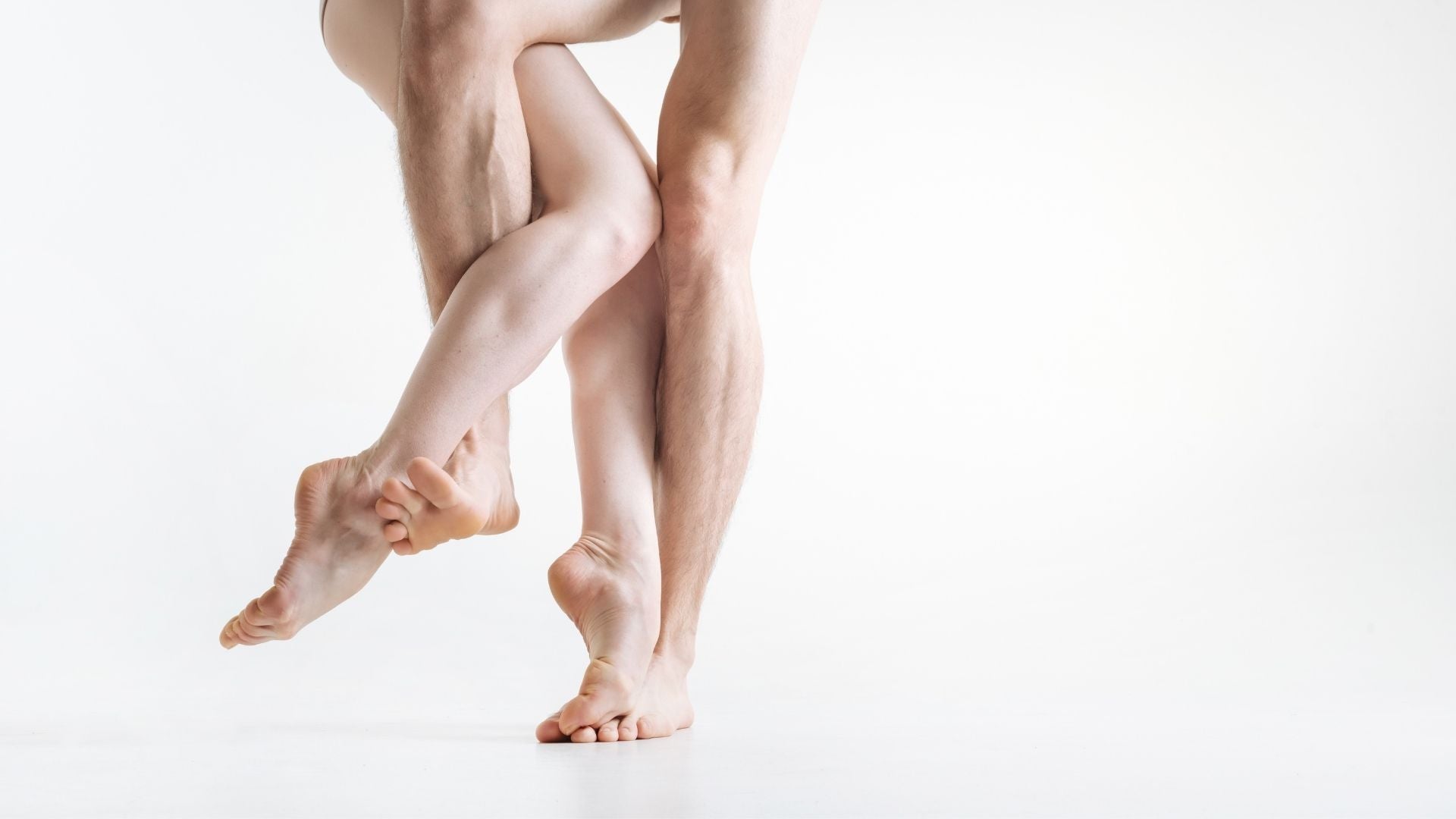
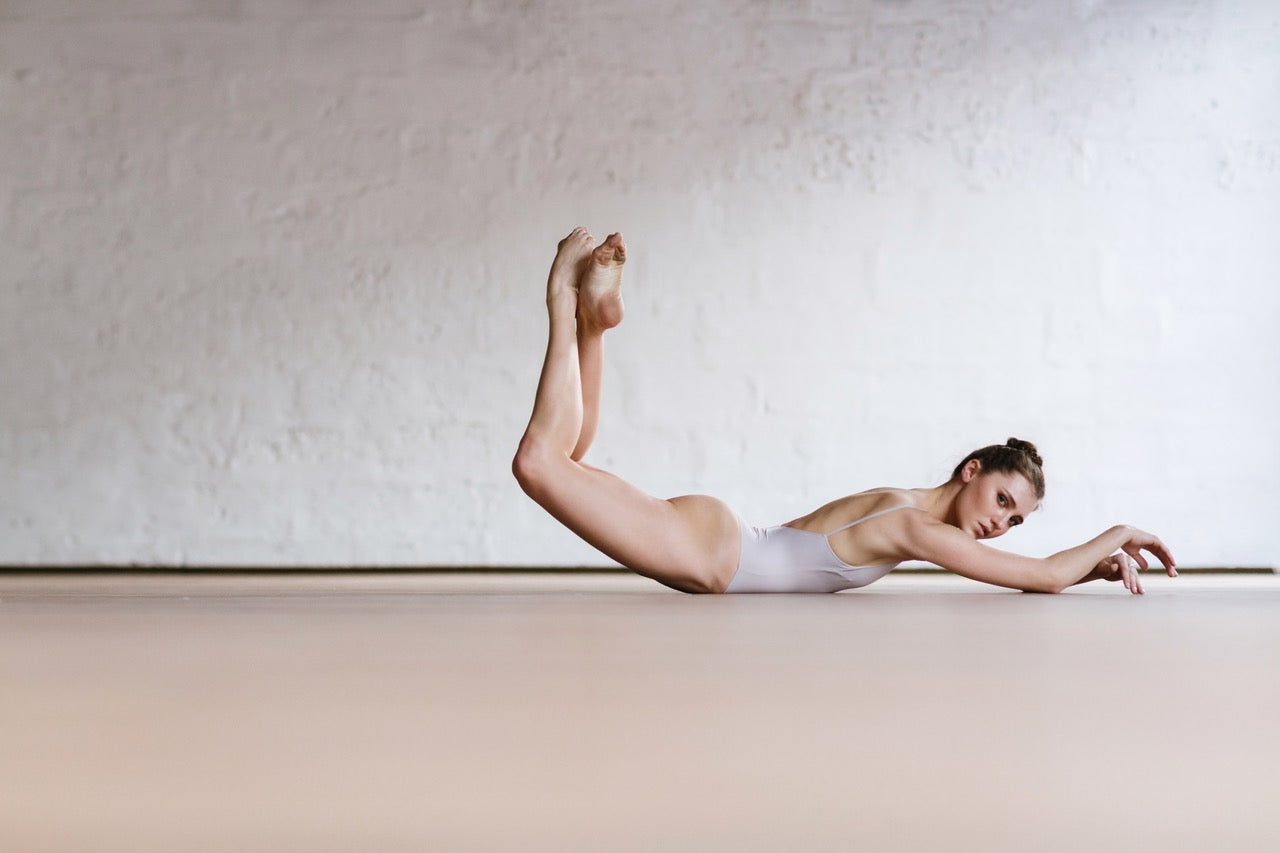
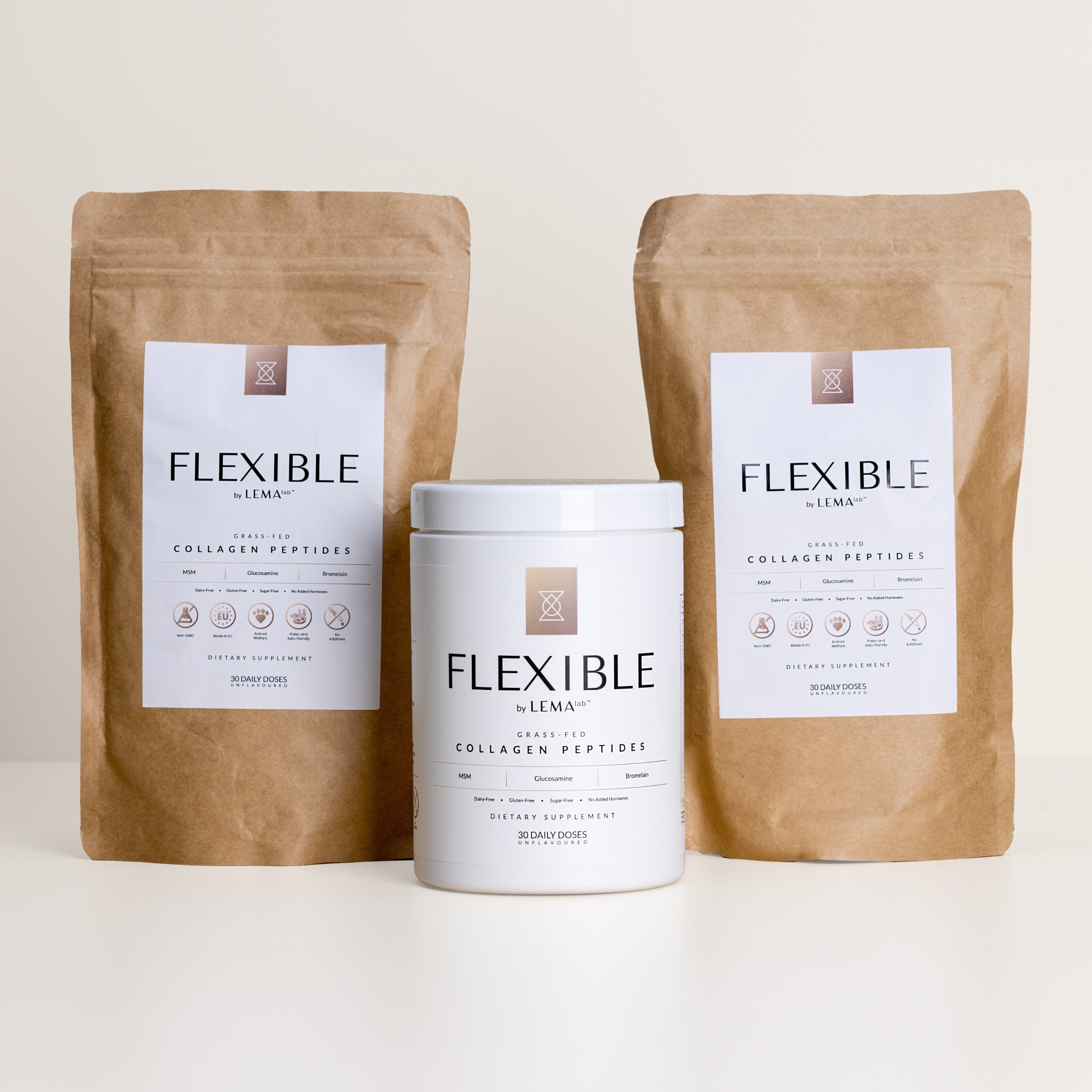
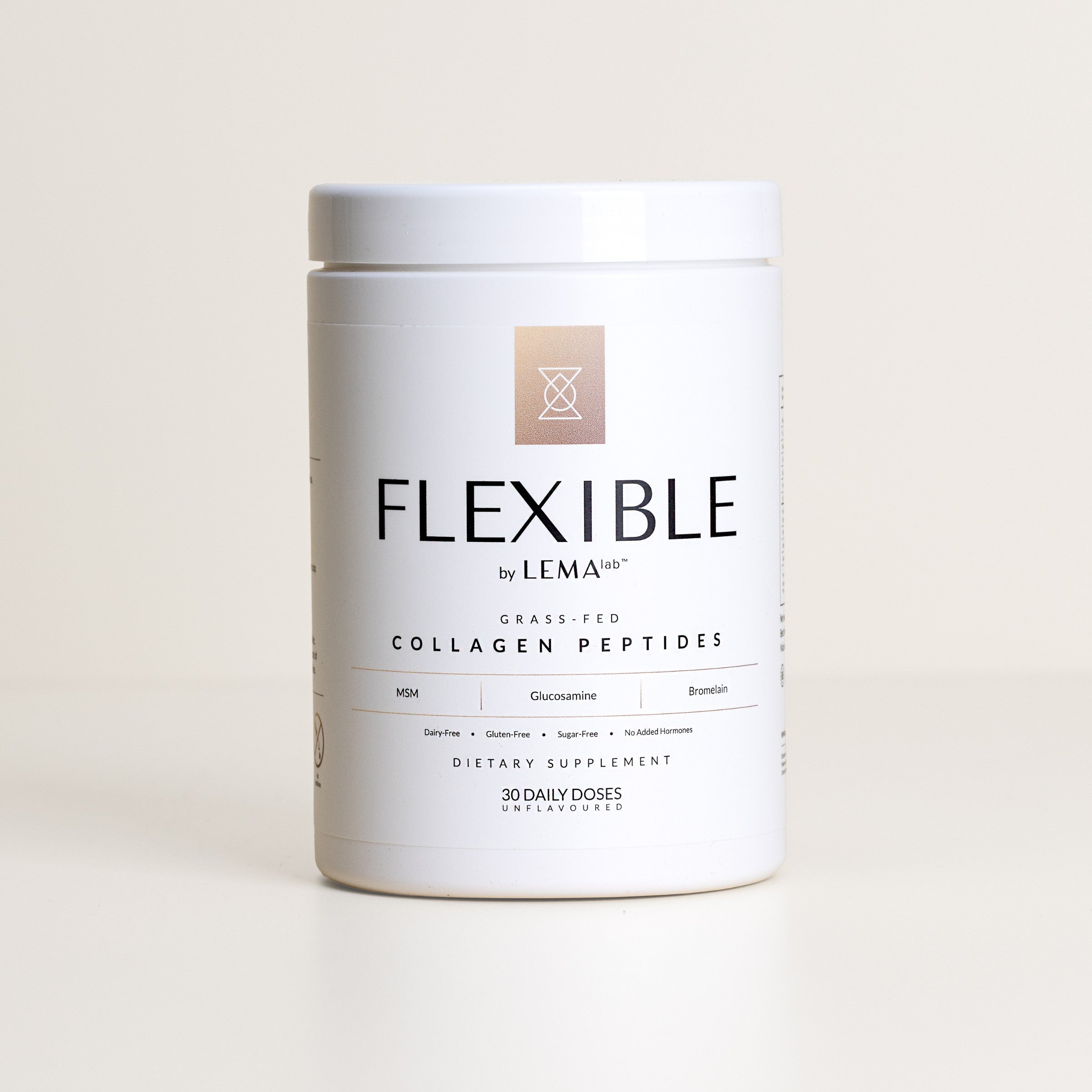
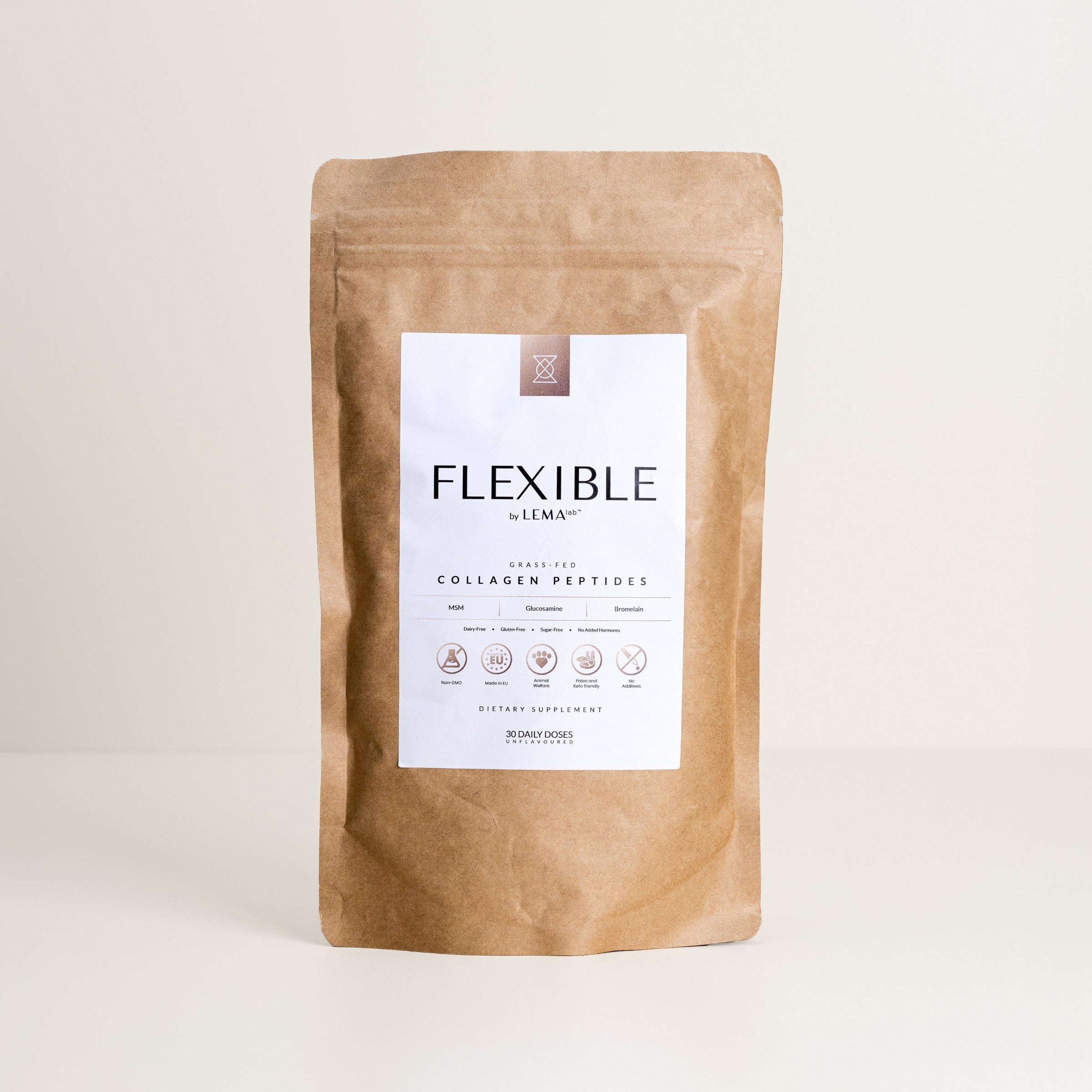
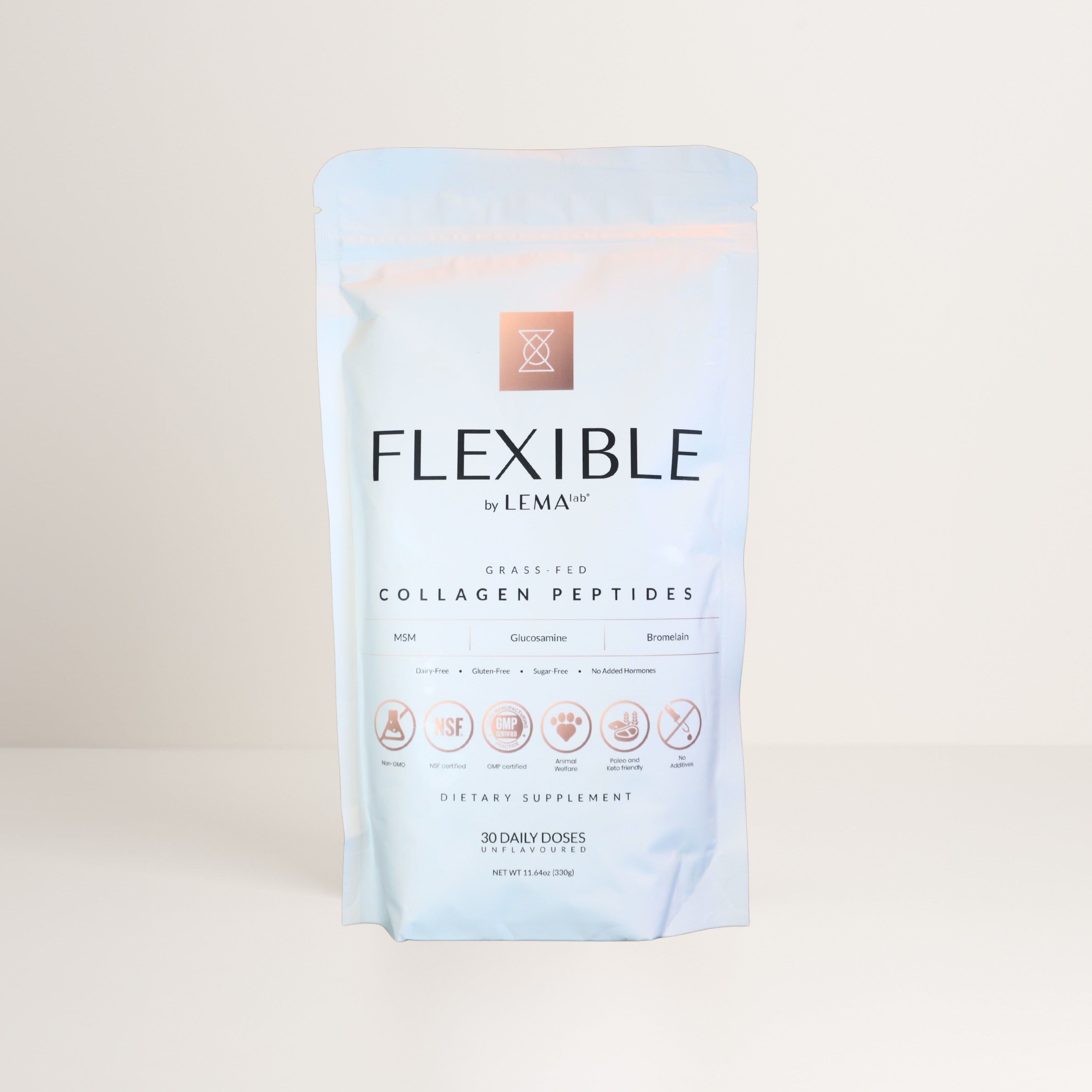
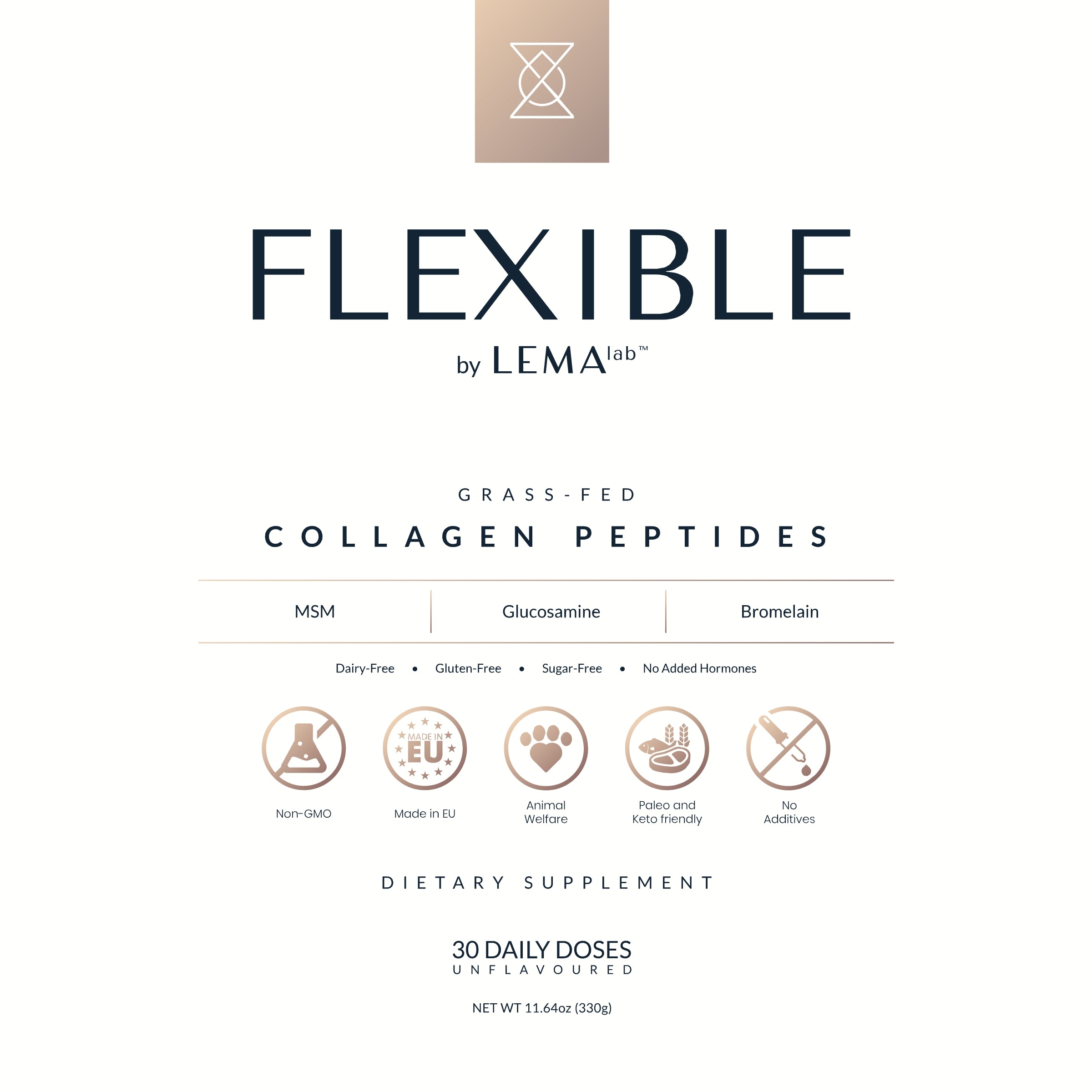
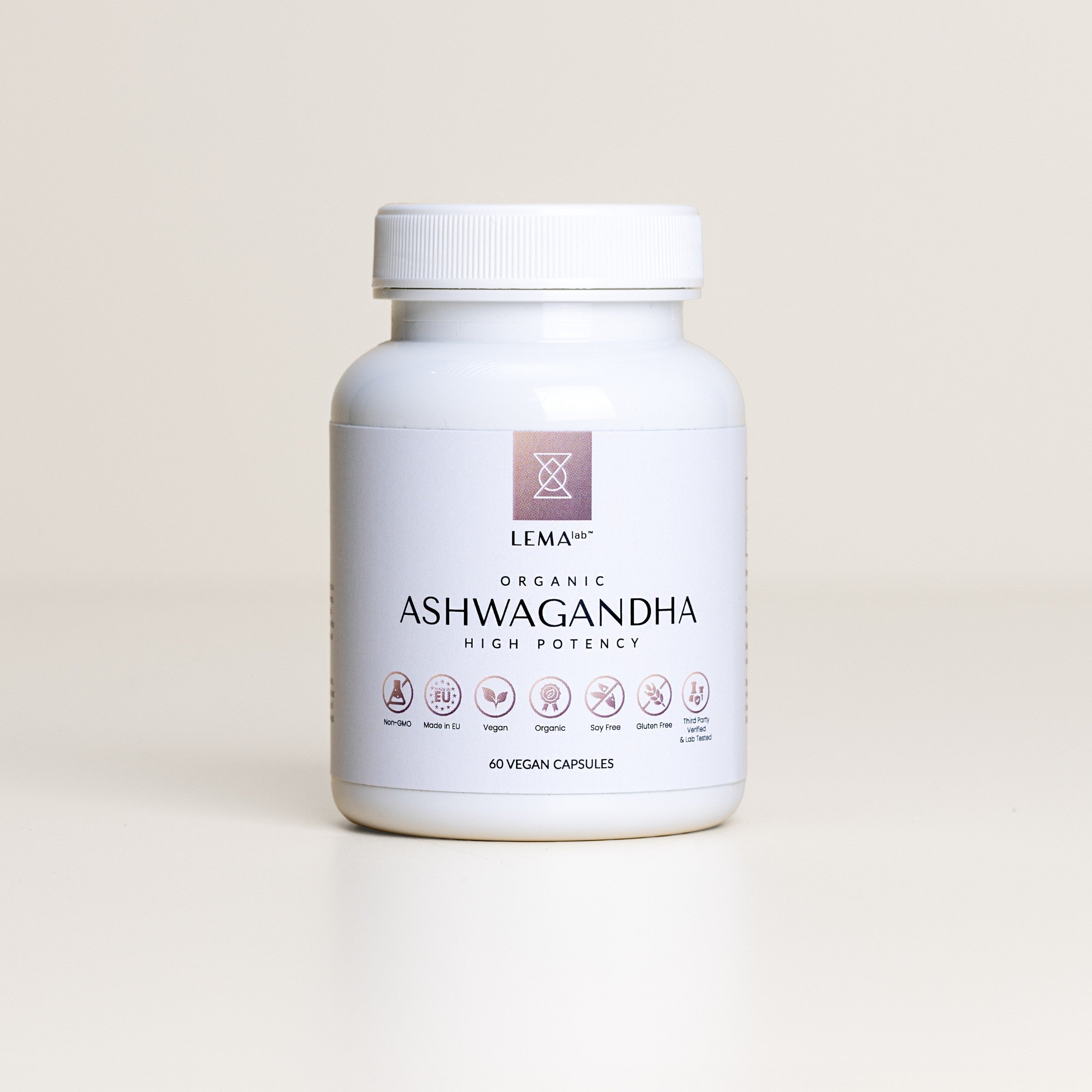
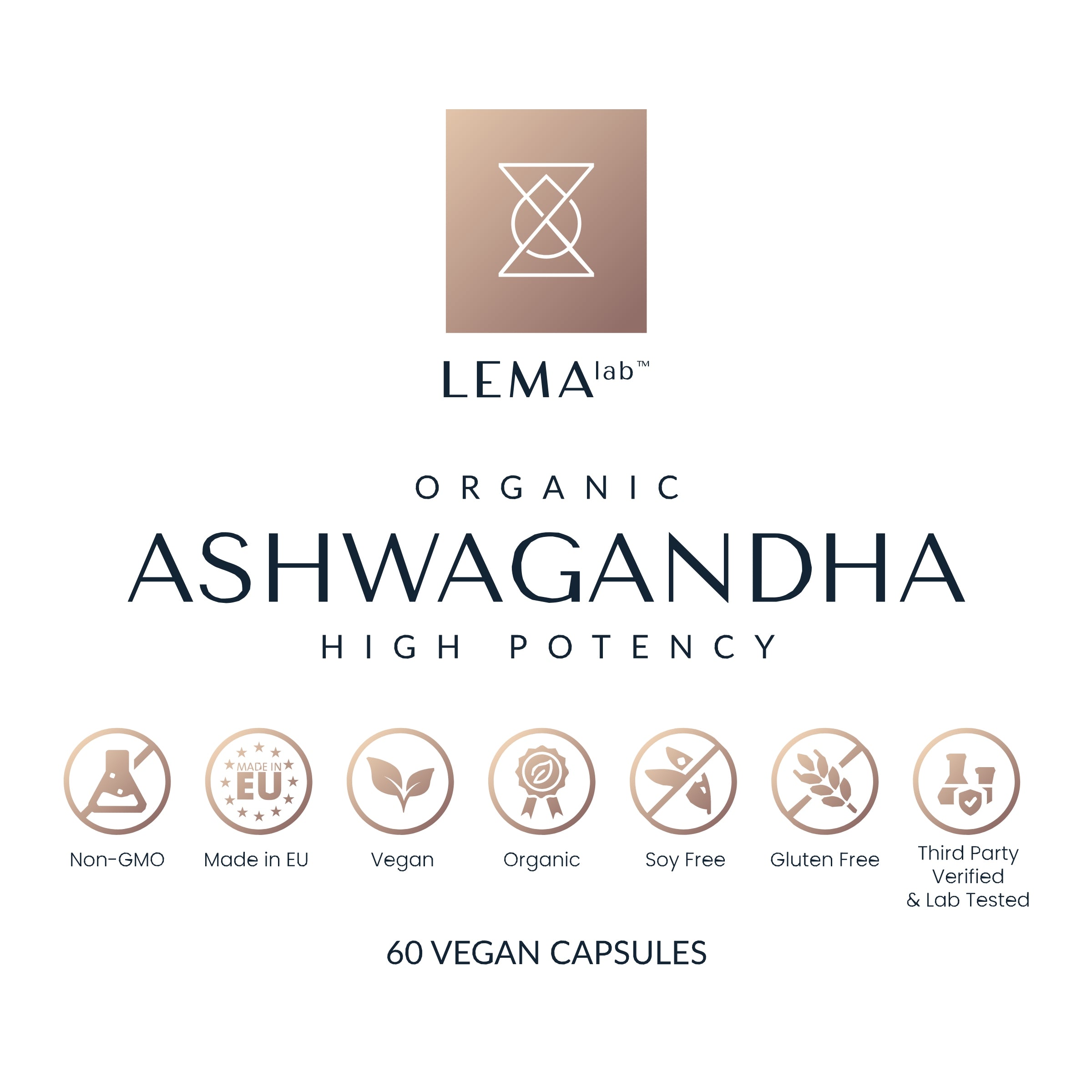
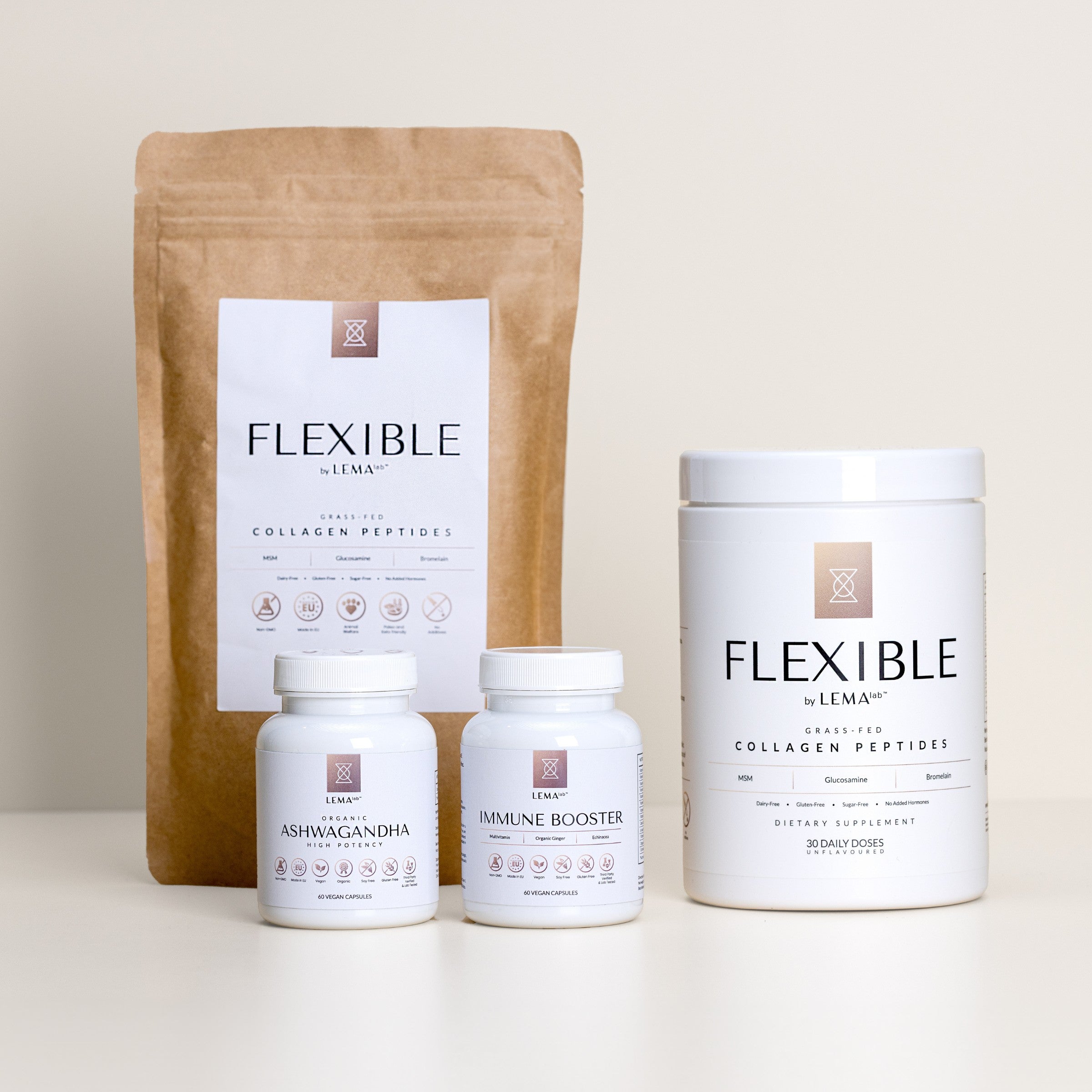

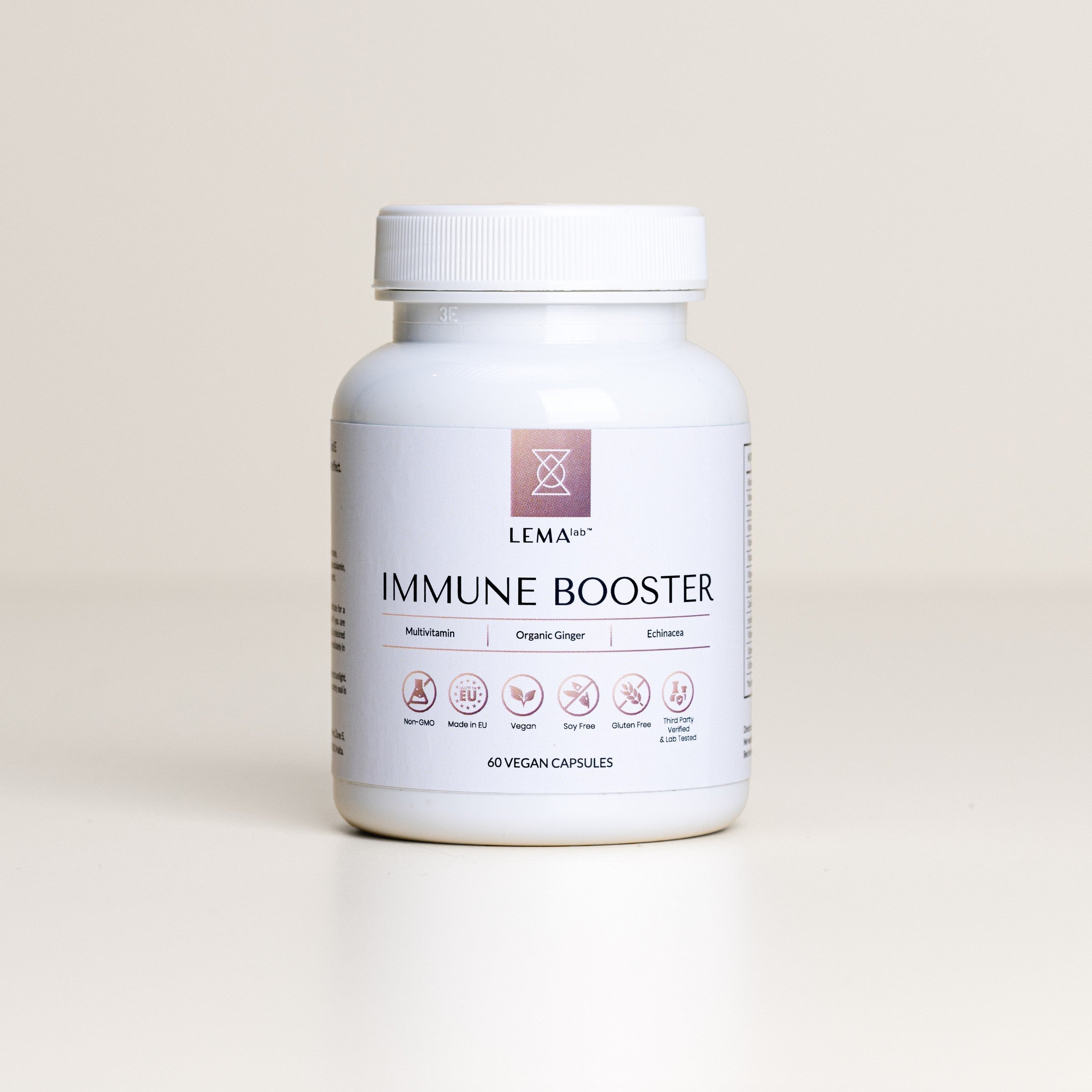
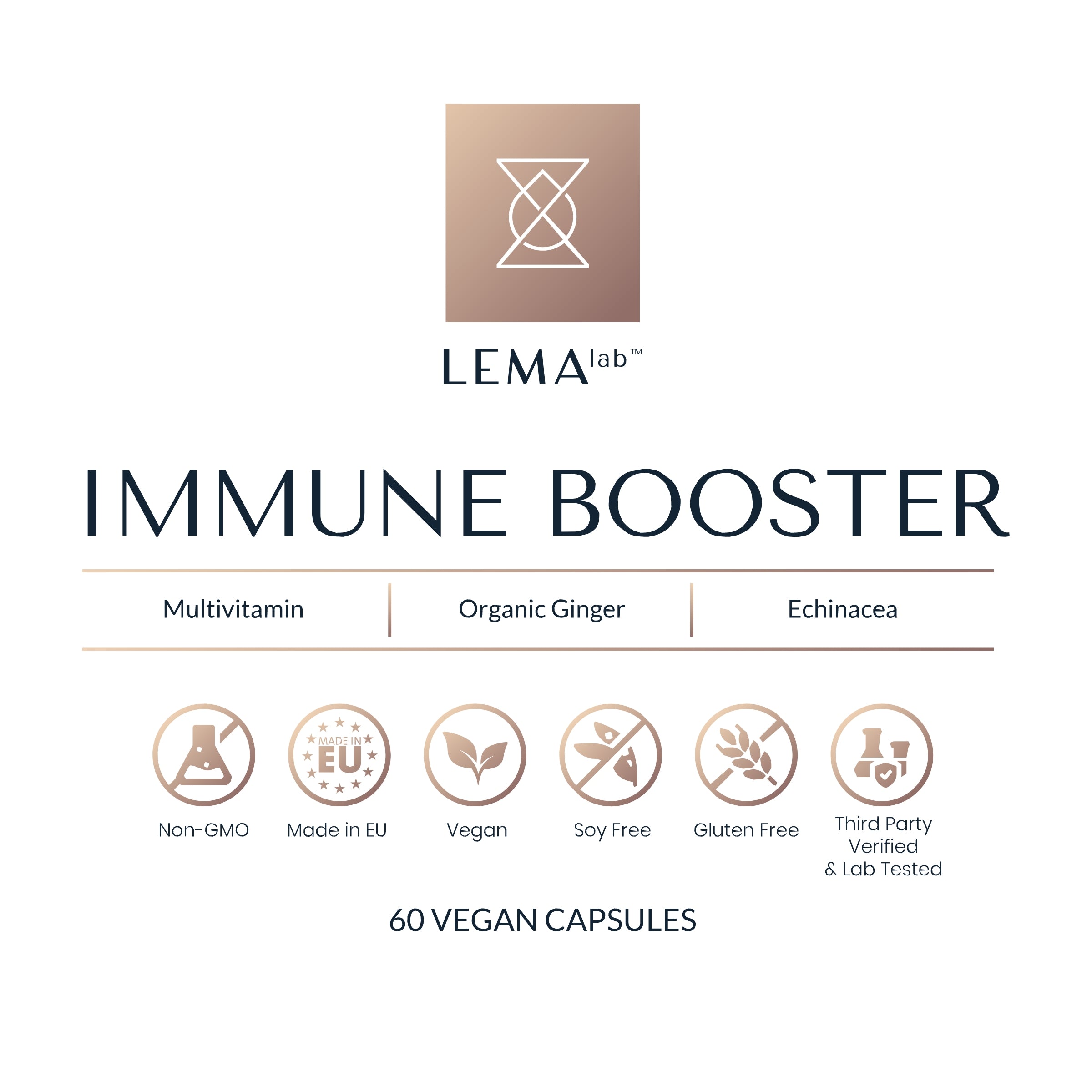
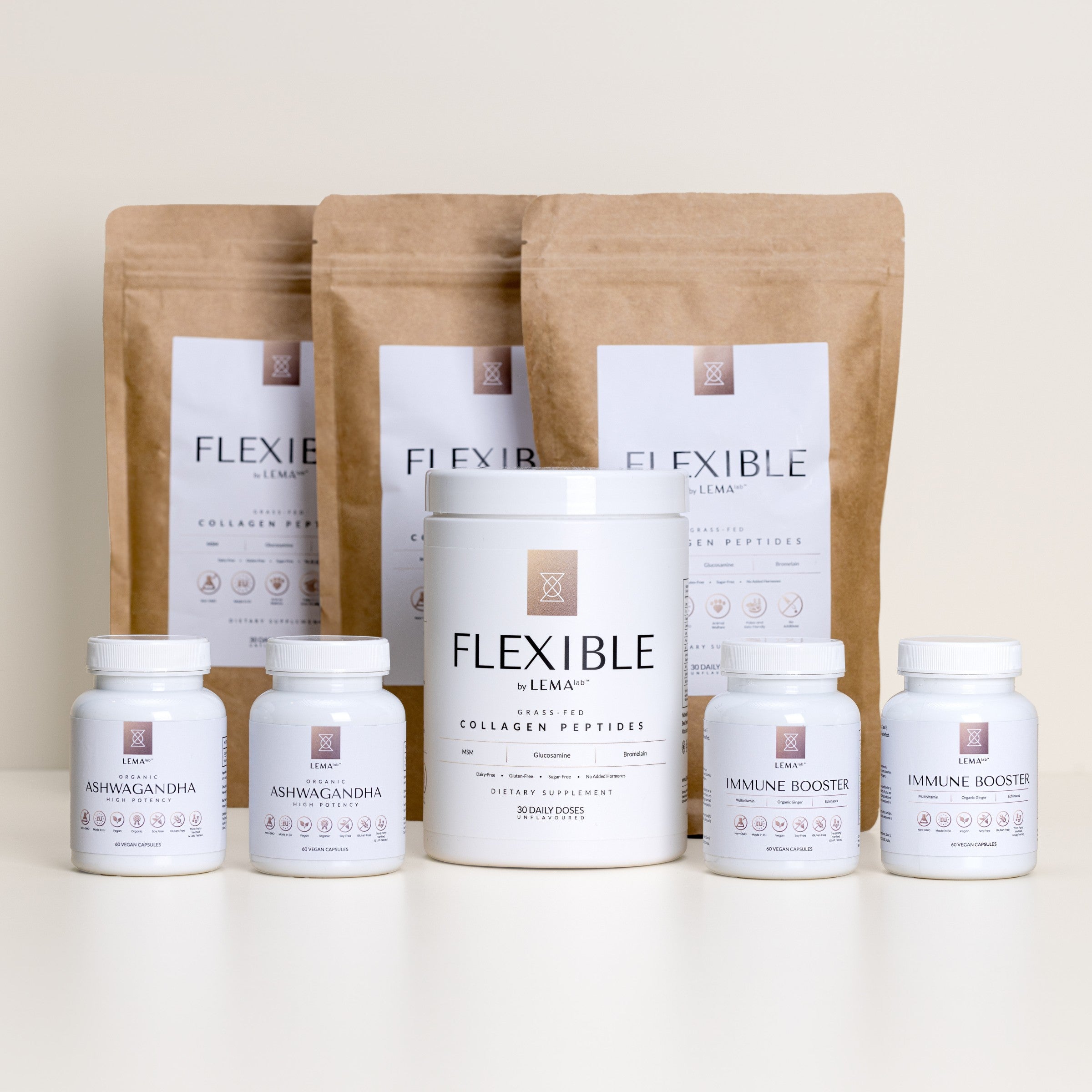
Leave a comment
This site is protected by hCaptcha and the hCaptcha Privacy Policy and Terms of Service apply.